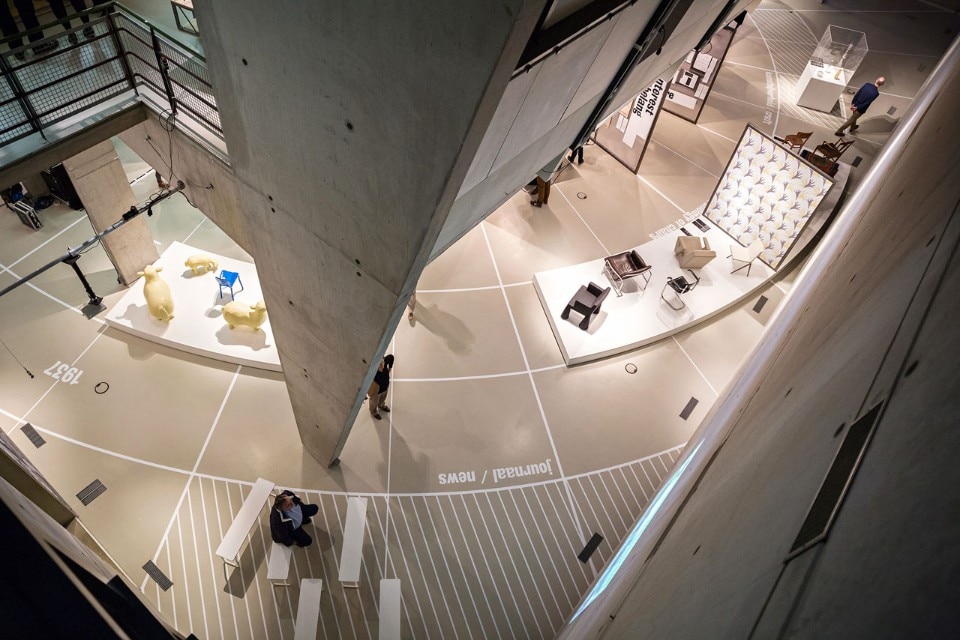
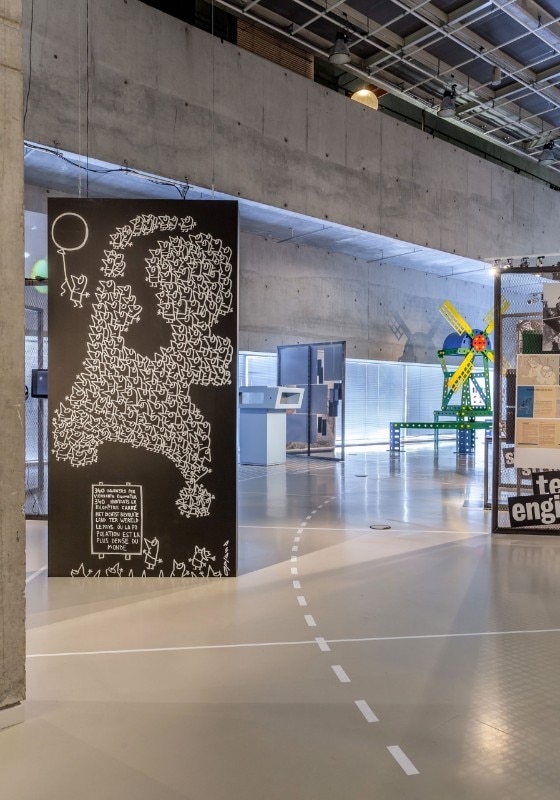
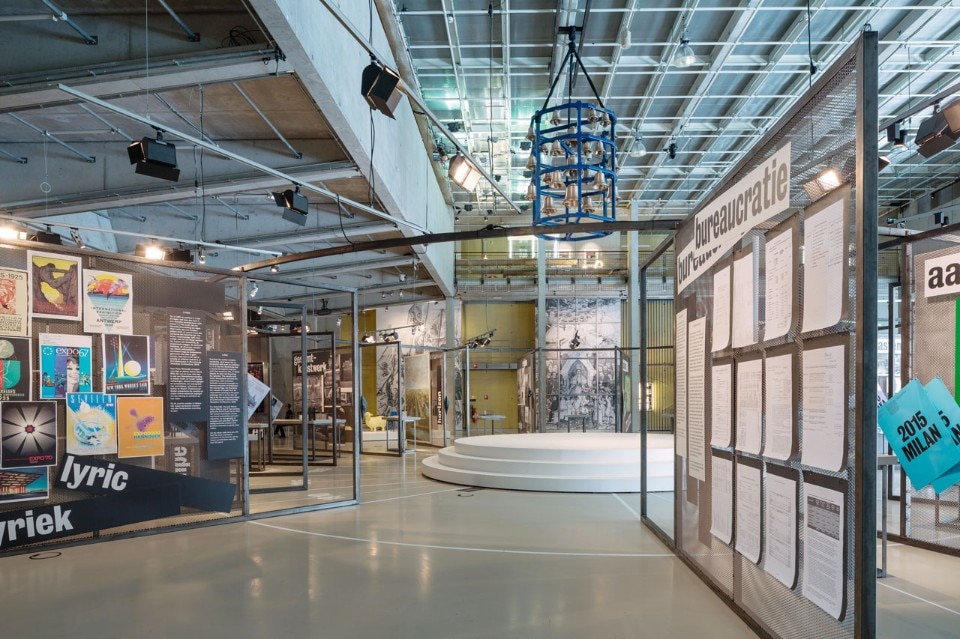
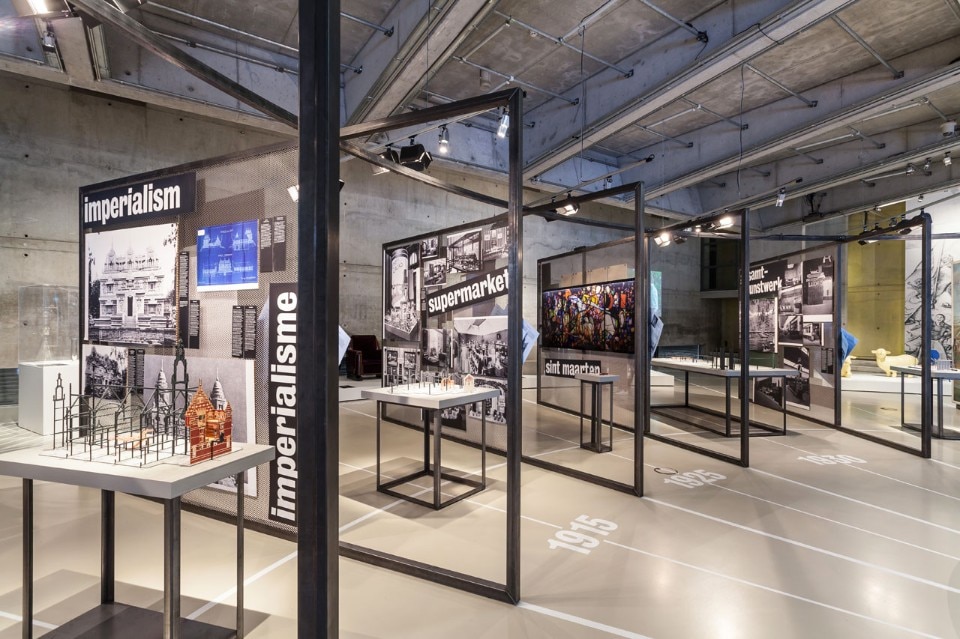
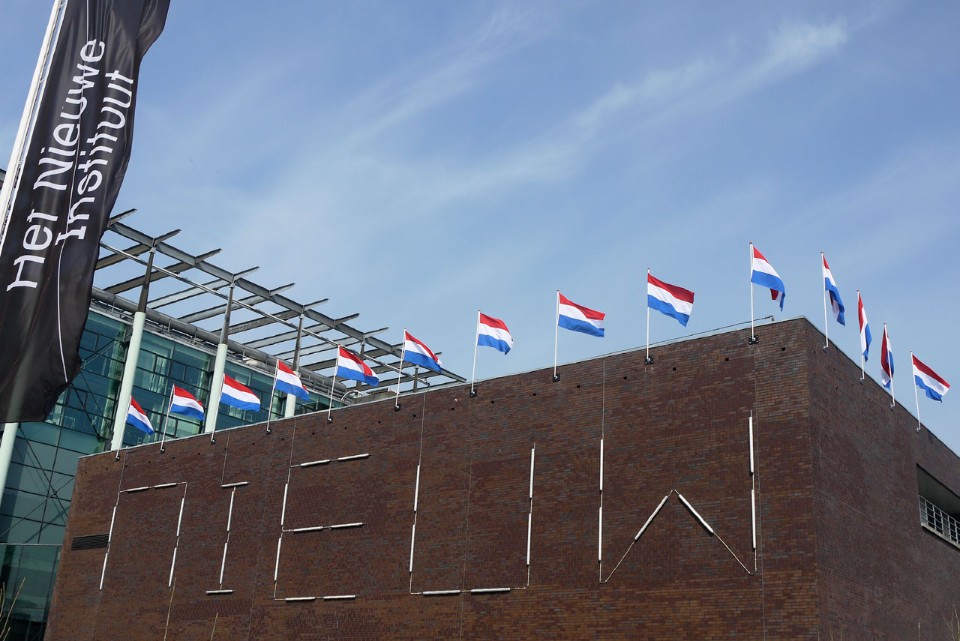
Note:
1. On August 30th 2013 the Dutch Minister of Foreign Affairs Frans Timmermans sent a letter to parliament which states that the Netherlands has no general interest in the World exhibition and therefore will not participate in the next Expo in Milan in 2015.
until 23 August 2015
What is the Netherlands
Het Nieuwe Instituut
Museumpark 25, Rotterdam
The exhibition “What is the Netherlands” is largely based on the research by Marie-Thérèse van Thoor on the Dutch entries to the World Expo from 1910 to 1958.
Curator: Stephan Petermann (AMO)
Exhibition design and concept development: Studio Mann, Marieke van den Heuvel Graphic Design Lu Liang
Model design and production: Cédric van Parys, Laurence Bolhaar, Emile Estourgie (AMO)
Films: Sophie van Leeuwen, Pieter-Bas van Wiechen, Frans Parthesius (Phosfor)
Art direction and graphic design: Maureen Mooren
Text editing: Gert Staal, James Westcott
Execution: Landstra & de Vries ism Claus Wiersma, A.B. Geluidstechniek, Raymond Leeuwenburg, Joost de Munk


